Digitised vehicle inspections reducing commercial fleet spend
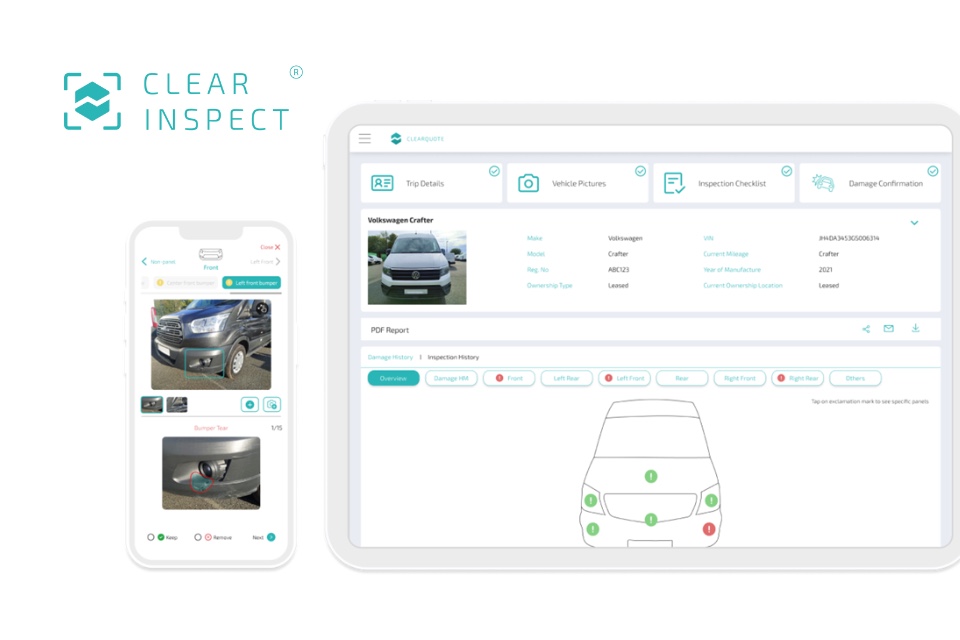
A number of recent surveys of commercial fleet managers carried our across the UK (including those from Webfleet and Samsara) have indicated a focus on reducing fleet spend in 2023 and the importance of investing in technology to realise these cost savings. Longer replacement cycles (partially driven by new vehicle supply constraints and by cost […]
Lightfoot’s Elite Driver Championship reveals first winner
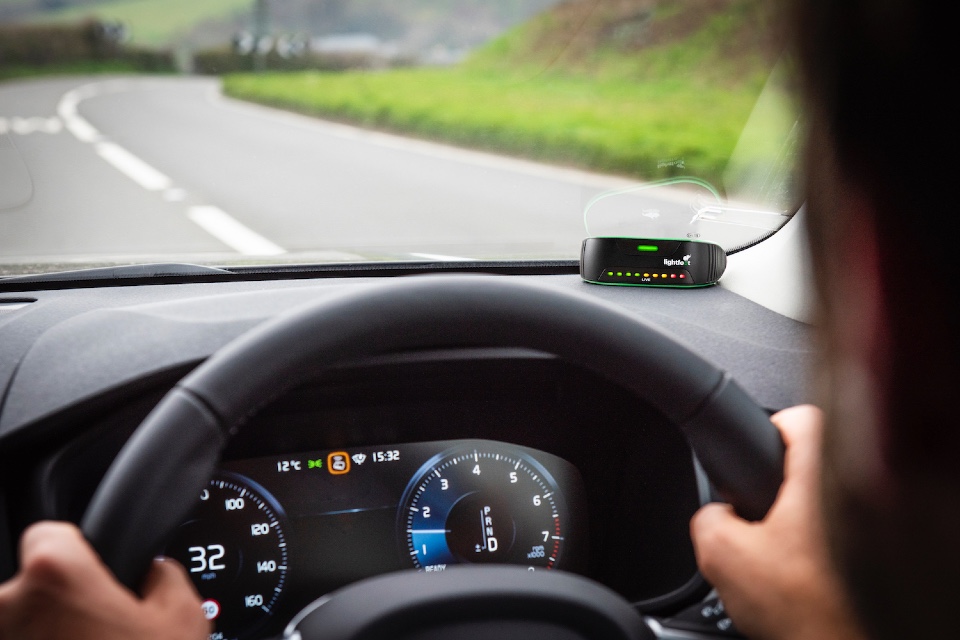
Lightfoot has announced the first four-figure winner of its new driver engagement initiative, the Elite Driver Championship. Providing prize draws ranging from £1,000 to £7,000, the new, big cash prize pot joins the suite of rewards that Lightfoot Elite drivers can win through the Lightfoot driver app, including its weekly Drivers’ Lottery, where individuals can […]
PRODUCT SPOTLIGHT: Introducing ClearInspect – Making fleet inspections simple, efficient & accurate
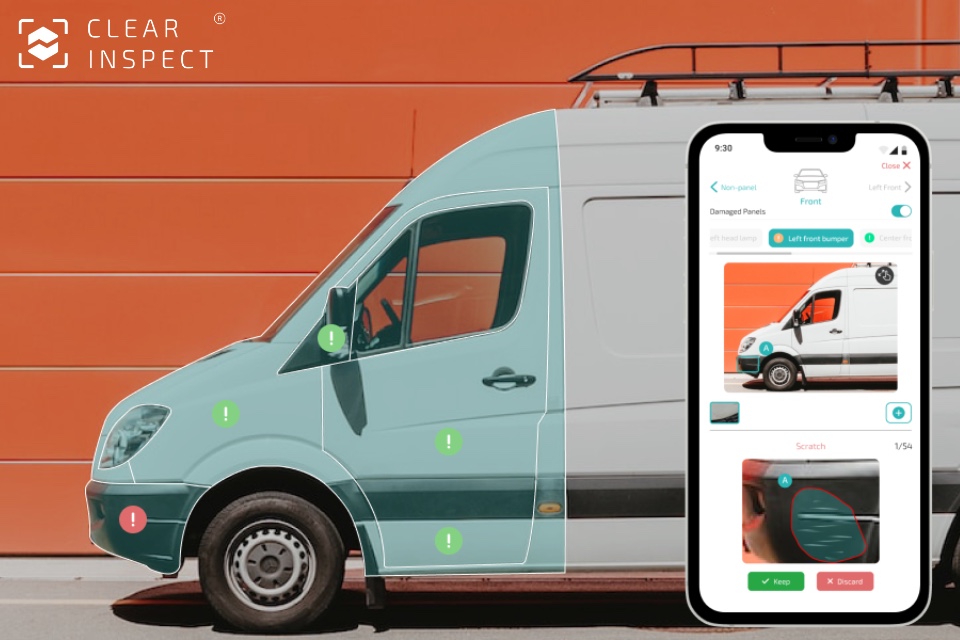
ClearInspect helps fleet managers efficiently assess & track vehicle condition based on smartphone images and thereby reduce damages and costs. Damage repair costs in fleets Ageing fleet due to supply shortages and inflationary cost pressures mean fleet managers need to find effective ways to reduce damages and associated repair costs. Vehicle inspections are largely manual […]
Government hopes for ‘longer lorries’ economy boost

Longer lorries will be introduced to UK roads to support the government’s priority to grow the economy, boost productivity, slash road emissions and support supply chains. Legislation has been laid out to safely roll out the vehicles on roads from May 31st. The longer lorries will be able to transport fast-moving consumer goods and retail […]
5 Minutes With… Andy Harrison, General Manager at Aftercare Response

In the latest instalment of our fleet management industry executive interview series we spoke to Andy Harrison (pictured), General Manager at Aftercare Response, about current supply chain challenges, the trend toward longer fleet leases and the associated maintenance implications, and the importance of nurturing the next generation of qualified ancillary engineers… Tell us about your […]
IAM Road Smart takes aim at reckless company car drivers

Road safety charity IAM RoadSmart has expressed concerns around the percentage of at-work drivers who believe it’s acceptable to drive under the influence of drink and drugs. It surveyed the safety attitudes and behaviours of 2,010 UK motorists and, astonishingly, found 31 per cent of those driving for work believe driving after using Class A […]
‘Finding ways to cut vehicle downtime is the only way fleet and leasing companies can stay competitive’

Leading technology provider for the automotive industry, OEC, has found huge efficiencies with its innovative authorisation platform, reducing vehicle downtime for manufacturers, fleets and lease companies… Athoris can save millions in processing costs by enabling efficiencies through providing access to manufacturer, repairer and leasing company data The digital tool can be fully integrated into any […]
INDUSTRY SPOTLIGHT: Introducing Aftercare Response, the Commercial Vehicle Services Specialists
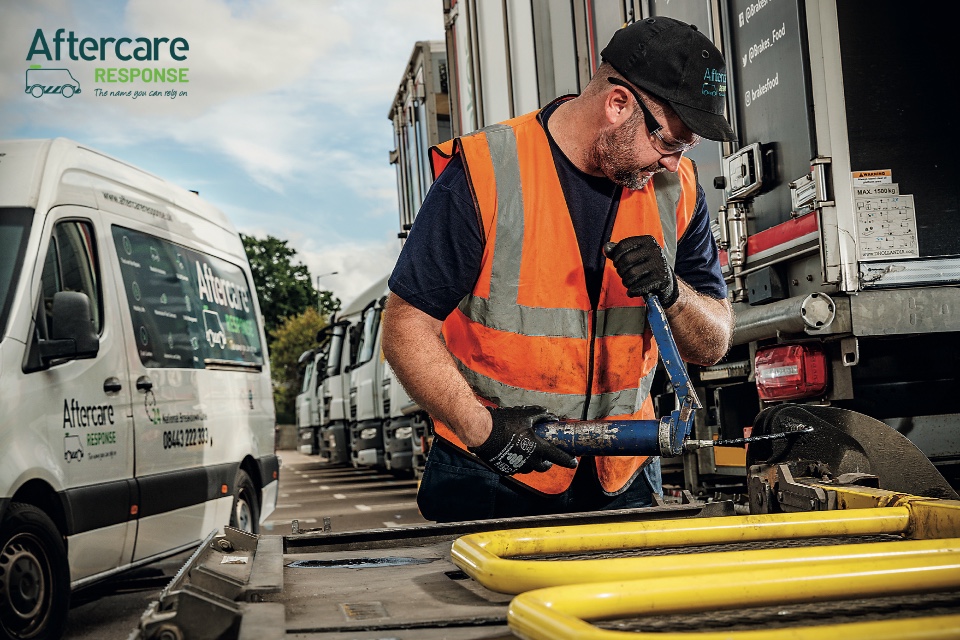
Fleet maintenance has become a hot topic in the post-Covid era, with operating costs continuing to rise and a degree of uncertainty regarding the return of business growth to pre-2020 levels. Exercising caution against heavy investment in new vehicles, many commercial vehicle operators are extending their fleet age for longer periods – and against this […]
Importance of value proposition & target market when launching a car subscription business
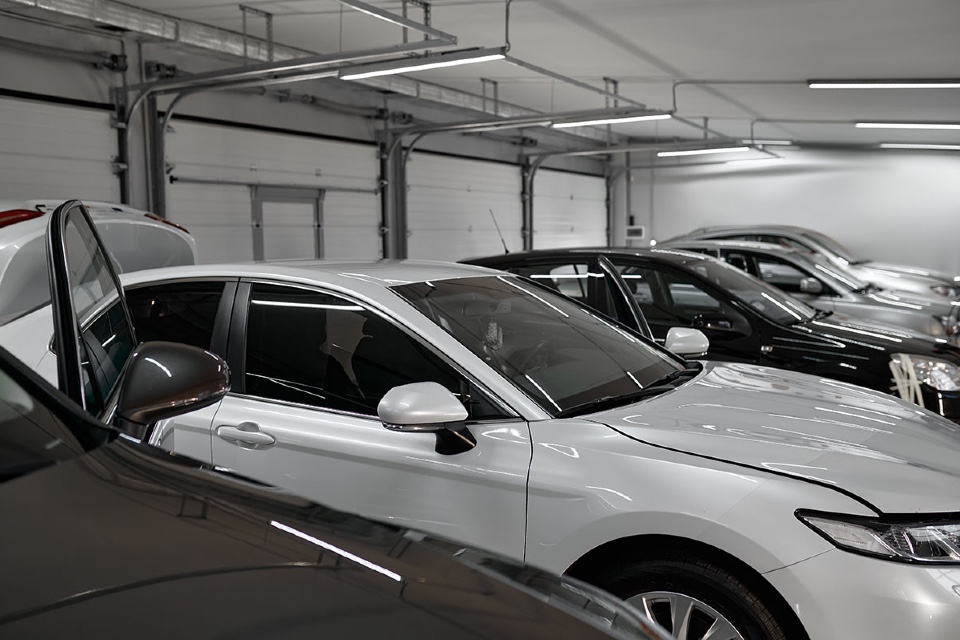
At Tomorrow’s Journey, we have helped build many car subscription businesses, and a critical aspect of a successful launch is to define your target audience and proposition. With a clear understanding, it can be easier to attract and retain subscribers, and your product may be able to stand out in a growing competitive market. Read […]
Sustainable fleets: Shift your thinking

By Stewart Signs With global pledges to cut emissions in place, we all need to start looking at what we as an industry can do to achieve our goals. Electric and hybrid vehicles are a great start, but there are other factors to consider when looking for ways to improve the sustainability of your fleet. […]


